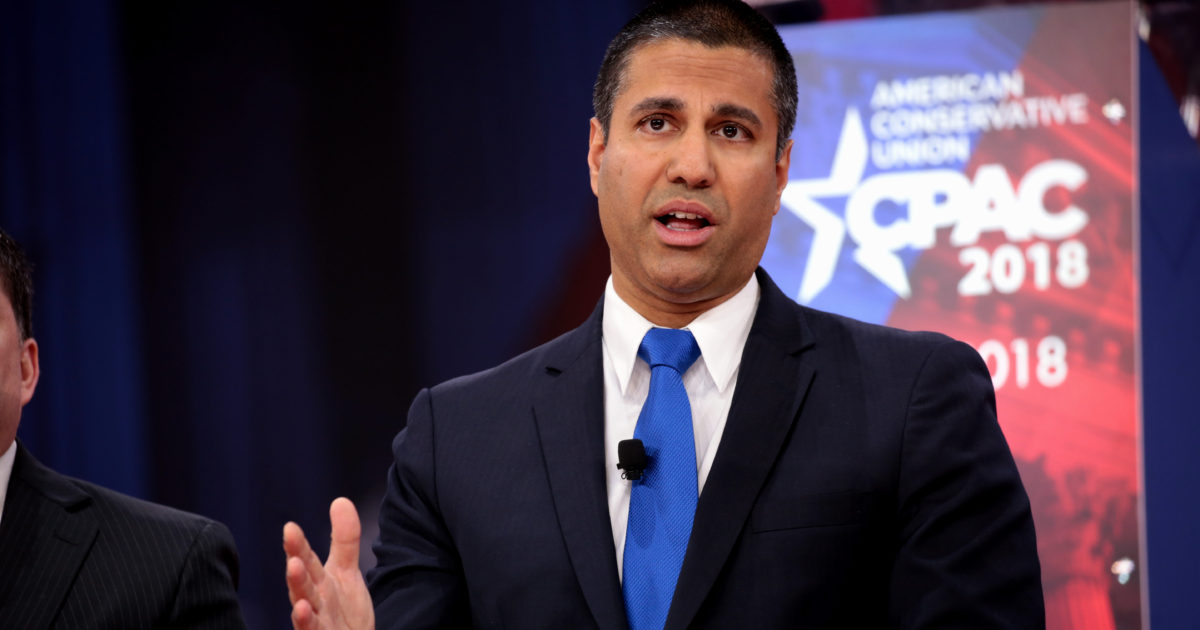Network neutrality ended this month, but the fight over equal treatment of internet content is far from over—and, just as it has been for the last decade, the D.C. Circuit is the main battlefield.
The court has issued three major decisions since 2010 supervising various attempts by the Federal Communications Commission to adopt net neutrality. Under the Trump administration, the FCC has now abandoned those efforts, and its controversial repeal of net neutrality rules took effect June 11, opening the door for internet service providers to give preferential treatment to certain websites or slow down connection speeds for disfavored content providers.
But the agency’s repeal will not be the last word. In a mammoth group of consolidated cases, the D.C. Circuit is being asked to weigh in a fourth time—this time to force the FCC to reinstate net neutrality. Meanwhile, the telecommunications industry has asked the Supreme Court to review an earlier D.C. Circuit decision upholding broad FCC authority to regulate the internet. The outcomes of these two cases will determine whether net neutrality is dead for good or whether, for the third time in 10 years, it will be brought back to life.
The net neutrality wars, and the D.C. Circuit’s oversight of them, began in 2008. Under the George W. Bush administration, the FCC for the first time attempted to enforce a neutrality policy by ordering Comcast to stop slowing down the connections of people using file-sharing software. In a 2010 opinion by Judge Tatel in Comcast v. FCC, the court ruled that the agency didn’t have the authority to enforce that policy. Net neutrality remained a mere aspiration.
After Comcast, the FCC—now controlled by Democrats under the Obama administration—tried again. The agency adopted formal rules to compel non-discrimination by broadband internet providers. Again those rules went before the D.C. Circuit. Again Tatel was on the panel that heard the case. And once again, in the 2014 case Verizon v. FCC, Tatel wrote an opinion invalidating the agency’s action.
The Verizon ruling struck down the FCC’s neutrality rules because the agency had previously classified broadband companies as “information services” under the Communications Act of 1934. In doing so, Tatel wrote, the agency relinquished the right to treat them as common carriers through regulations like net neutrality. Net neutrality was 0 for 2 at the court.
It didn’t take long for the FCC to try once more. Attempting to get around the Verizon decision, the agency reclassified broadband providers as common carriers and adopted the Open Internet Order of 2015, a sweeping set of rules that re-imposed anti-blocking and non-discrimination requirements.
When the rules went up to the D.C. Circuit in U.S. Telecom Association v. FCC, Tatel somehow found himself on the panel yet again. But this time—in a 114-page opinion he wrote jointly with Judge Srinivasan—net neutrality won. Applying Chevron deference, the court upheld the FCC’s reclassification and allowed the Open Internet Order to remain in place.
In September 2017, industry groups petitioned the Supreme Court to review the U.S. Telecom ruling. That cert petition remains pending, and the FCC—having received numerous extensions from the high court—has yet to respond to the petition.
One possible source of the delay is that, last December, the FCC reversed its longtime support for net neutrality. The commission, led by its new Trump-appointed chairman, Ajit Pai, voted 3-2 to repeal the 2015 order. The repeal is deeply unpopular, and neutrality advocates have derided it as ushering in the end of the internet as we know it. Pai says the repeal will spur investment in broadband infrastructure and prevent the government from micromanaging the internet.
Fittingly, the fight is back at the D.C. Circuit. Even before the repeal took effect, tech companies, consumer advocates, and state attorneys general sued to overturn it, arguing that the FCC acted arbitrarily in reversing its prior pro-neutrality position. Their claims are consolidated under Mozilla v. FCC in what will be the fourth—and perhaps decisive—round of litigation on net neutrality at the court. (The case is still in the early stages, so there’s no word yet on whether Tatel will get his fourth bite at this apple.)
In the meantime, the unresolved cert petition in U.S. Telecom remains pending. It’s anyone’s guess how the Supreme Court will handle the fact that the underlying agency action in that case—the Open Internet Order—is no longer on the books. The court could decline to hear the case on the basis that the FCC’s repeal of the order made the case moot. Alternatively, as at least one amicus has proposed, the Supreme Court could take the case anyway, perhaps with an eye toward the case’s lurking background questions: How much deference should courts give to agencies when they change policy positions? And what is the extent of the FCC’s authority to regulate broadband internet in the first place? As the Mozilla case will no doubt demonstrate, those questions remain very much alive.
![]()

